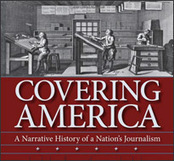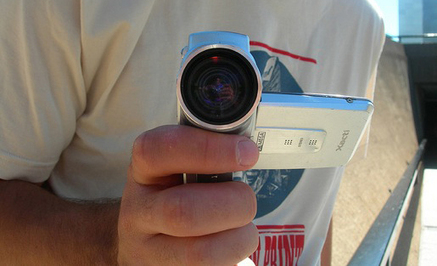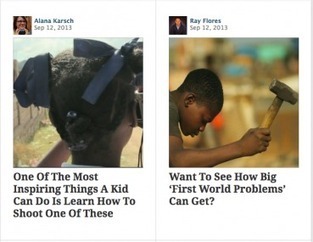Facebook and Twitter are increasingly becoming news sources for its users, but news is not necessarily the reason why people are logging onto these social networking sites. It just so happens that news ends up being part of the social media experience.
That’s according to a new report from the Pew Research Center.
"One of the things we saw early on is the degree to which people describe this as 'incidental news...And that's something that's being reinforced." -- Amy Mitchell, director of journalism research for the Pew Research Center
The findings cement the fact that both users and news organizations must continue to wrestle with social media, its different features and their implications.
“Social media is certainly a part of Americans’ news streams, and it’s going to continue to be a part of that,” said Amy Mitchell, director of journalism research for the Pew Research Center.
“And the different ways people connect with these platforms will influence how they learn about their communities and the world.”...



 Your new post is loading...
Your new post is loading...














This just in... ;-)
This just in... ;-)